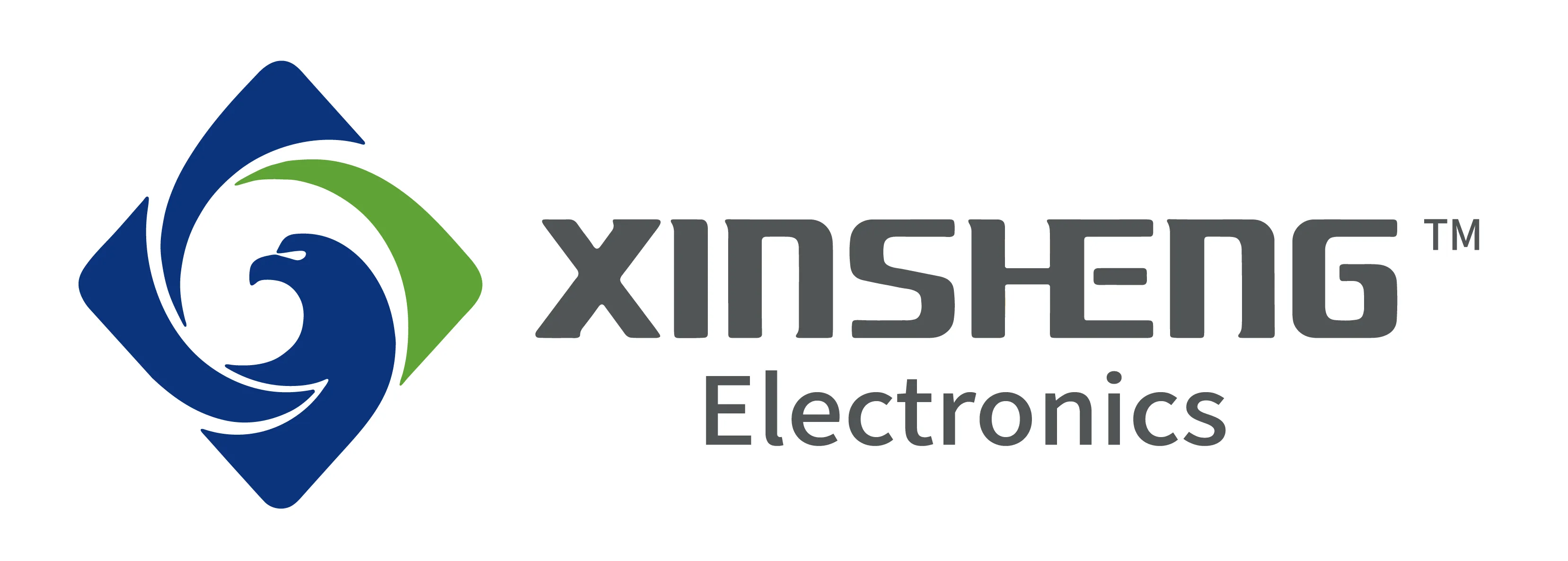Product Part Approval Process: Why Does It Matter in Manufacturing
Introduction
In manufacturing, quality and consistency are everything. Whether you make electronics, automotive parts, aerospace components, or consumer goods, ensuring that every product part meets the required standards is crucial. This is where the Product Part Approval Process (PPAP) comes in.
The Product Part Approval Process is a structured method used by manufacturers and suppliers to confirm that production parts meet all engineering specifications and quality requirements before mass production begins. It helps prevent defects, reduce costs, and build trust between suppliers and customers.
In this blog, we will explore what the Product Part Approval Process is, why it matters in manufacturing, how it works, and the benefits it brings to businesses. We will also discuss common challenges and tips to optimize the process for better results.
What is the Product Part Approval Process (PPAP)?
The Product Part Approval Process is a standardized approach to verify that a supplier can consistently produce parts that meet customer requirements. It originated in the automotive industry but has since been adopted in many other sectors, including aerospace, electronics, and industrial manufacturing.
PPAP typically involves a series of documents, samples, and test reports that provide evidence the part meets specifications and is ready for production. This approval ensures that both the supplier and customer have a clear agreement on quality expectations before large-scale manufacturing starts.
Why Does PPAP Matter in Manufacturing?
- Ensures Quality and Compliance PPAP helps confirm that parts conform to engineering drawings, specifications, and regulatory requirements. It reduces the risk of defects that could cause product failures, recalls, or safety hazards.
- Prevents Costly Errors: Discovering issues after full production can be expensive and damaging to reputation. PPAP identifies problems early in the process, saving money by avoiding rework, scrap, or warranty claims.
- Improves Supplier-Customer Communication: The process formalizes quality expectations and documentation, building trust and clearer understanding between manufacturers and suppliers.
- Supports Continuous Improvement: Data collected during PPAP can be used to improve processes, reduce variability, and enhance overall product quality over time.
- Facilitates Regulatory Compliance: Many industries require documented proof of part approval to meet legal and safety standards. PPAP helps companies comply with these regulations.
Key Steps in the Product Part Approval Process
Although specific steps may vary by industry or company, the PPAP typically follows these stages:
- Design Documentation: Review All design documents, including drawings, specifications, and requirements, are reviewed to ensure clarity and completeness.
- Engineering Approval: The customer reviews and approves the design, confirming it meets functional and performance requirements.
- Process Flow Diagram: The supplier creates a detailed map of the manufacturing process, showing every step involved in producing the part.
- Process Failure Mode and Effects Analysis (PFMEA):This is a risk assessment tool to identify potential failure points in the manufacturing process and ways to mitigate them.
- Control Plan: A detailed plan describing the controls in place to ensure consistent quality at each step of the process.
- Measurement System Analysis (MSA): Evaluation of the measurement tools used to verify part quality to ensure they are accurate and reliable.
- Initial Sample Submission: The supplier produces a sample batch for customer inspection and testing.
- Production Part Approval: After review, the customer either approves the part for production or requests corrective actions.
- Ongoing Quality Monitoring: After approval, continuous quality checks ensure the part remains compliant during mass production.
Benefits of a Strong Product Part Approval Process
- Reduced Defects and Waste By catching errors early, PPAP minimizes the production of defective parts, reducing waste and improving efficiency.
- Faster Time to Market With a clear approval process, manufacturers can avoid delays caused by quality issues, speeding up product launches.
- Enhanced Customer Satisfaction Reliable, quality products build customer trust and lead to repeat business.
- Lower Costs Fewer defects mean fewer returns, repairs, and warranty claims, improving profitability.
- Regulatory and Industry Compliance PPAP documentation supports audits and compliance with industry standards such as ISO, TS16949, and others
Common Challenges in Implementing PPAP
While PPAP offers many benefits, companies may face challenges:
- Complex Documentation: Managing and organizing the necessary documents can be time-consuming.
- Supplier Resistance: Some suppliers may resist the process due to added workload or cost.
- Inconsistent Standards: Different industries or customers may have varying PPAP requirements.
- Training Gaps: Staff and suppliers may lack understanding or training on PPAP processes.
- Delays in Approval: Slow customer reviews can delay production schedules.
Best Practices for Effective Product Part Approval
To get the most out of PPAP, consider these tips:
- Clear Communication: Define expectations and requirements upfront with suppliers.
- Standardized Documentation: Use digital tools and templates to streamline paperwork.
- Supplier Training: Educate suppliers on PPAP requirements and benefits.
- Early Engagement: Involve quality and engineering teams early in the design process.
- Continuous Improvement: Use PPAP feedback to improve processes and prevent future issues.
- Regular Audits: Periodically review supplier quality systems to ensure ongoing compliance.
PPAP in the Digital Age
New technologies are transforming how PPAP is performed:
Digital Documentation Platforms: Cloud-based systems allow real-time sharing and updating of PPAP documents.
AI and Analytics: Advanced analytics help predict quality issues before they occur.
IoT Integration: Sensors monitor manufacturing processes to provide continuous quality data.
3D Scanning and Inspection: Automated inspection tools improve sample validation accuracy.
Adopting these technologies can make the PPAP process faster, more accurate, and more efficient.
PPAP Levels of Submission
There are five levels of PPAP submission, depending on the customer’s needs:
- Level 1: Only PSW is submitted.
- Level 2: PSW with limited supporting data.
- Level 3: PSW with full supporting documentation (most common).
- Level 4: PSW with additional data as specified by the customer.
- Level 5: Full PPAP with on-site review by the customer.
Understanding the required level ensures that suppliers meet the exact expectations of their clients.
Benefits of PPAP in Manufacturing
Implementing PPAP offers numerous advantages:
- Improved product quality and consistency
- Reduced defects and rework
- Early identification of potential issues
- Stronger supplier-customer relationships
- Greater traceability and accountability
- Increased efficiency and cost savings
For example, companies that follow PPAP are more likely to detect issues during the prototype or pilot phase rather than during full-scale production, preventing expensive recalls and customer dissatisfaction.
PPAP and Quality Assurance
PPAP is closely tied to broader quality assurance practices like ISO 9001, IATF 16949, and Six Sigma. These methodologies all emphasize preventive action, root cause analysis, and continuous improvement.
PPAP strengthens quality assurance by enforcing a consistent framework for part validation, encouraging data-driven decisions, and maintaining process discipline across the supply chain.
Real-World Example
Let’s say a company is developing a new electric vehicle (EV). The battery connectors must be both mechanically strong and electrically stable. Before launching mass production, the supplier submits a PPAP package including FMEA, control plans, dimensional results, and sample parts.
After thorough review, the manufacturer identifies a potential issue in the injection molding process through PFMEA. The process is adjusted, tested again, and the new samples pass all tests. The result is a reliable battery connector that performs well in real-world conditions.
Without PPAP, this problem might have gone undetected until after full production, leading to field failures and costly repairs.
Future Trends
- Modern technologies are making PPAP more efficient and accessible:
- Digital PPAP platforms: Automate data collection, reporting, and submission.
- Cloud collaboration: Enables real-time sharing and approvals.
- Integration with ERP/MES: Streamlines documentation and traceability.
- AI-powered risk analysis: Supports smarter and faster decision-making.
Supplier-Customer Collaboration and Global Expansion
As manufacturing becomes more global, the importance of strong collaboration between suppliers and customers grows. PPAP provides a standardized framework that fosters clear communication across languages, time zones, and business cultures.
Global suppliers must adapt to the unique requirements of international clients. PPAP documentation helps bridge this gap and ensures a universal understanding of what’s expected from both sides.
PPAP is also instrumental for companies seeking to expand into new markets. Regulatory requirements vary widely across countries, and a thorough PPAP process prepares businesses to meet compliance expectations in any region.
Another key benefit of PPAP is its contribution to building long-term strategic partnerships. When both suppliers and customers consistently follow PPAP procedures, they create a foundation of trust and shared quality goals. This not only minimizes operational risks but also creates opportunities for co-development and innovation. The partnership becomes more collaborative, focused on joint success rather than just transactional exchanges. Over time, these strong relationships can result in better supply chain agility, improved response times, and reduced product development cycles.
Conclusion
The Product Part Approval Process is a critical element in modern manufacturing. It ensures that parts meet all technical and quality requirements before mass production, saving time, money, and reputational risk. By following a structured PPAP approach, manufacturers and suppliers can improve product quality, foster collaboration, and achieve regulatory compliance.
Whether you are in automotive, aerospace, electronics, or any other manufacturing sector, understanding and implementing a robust PPAP system will help you build better products and stronger partnerships.
At Xinsheng Electronics, we support our customers through every step of the product approval process, ensuring high-quality parts and smooth manufacturing transitions.
Contact us today to learn how we can assist you in achieving excellence in product quality and approval.
Empowering precision through process and partnership.



